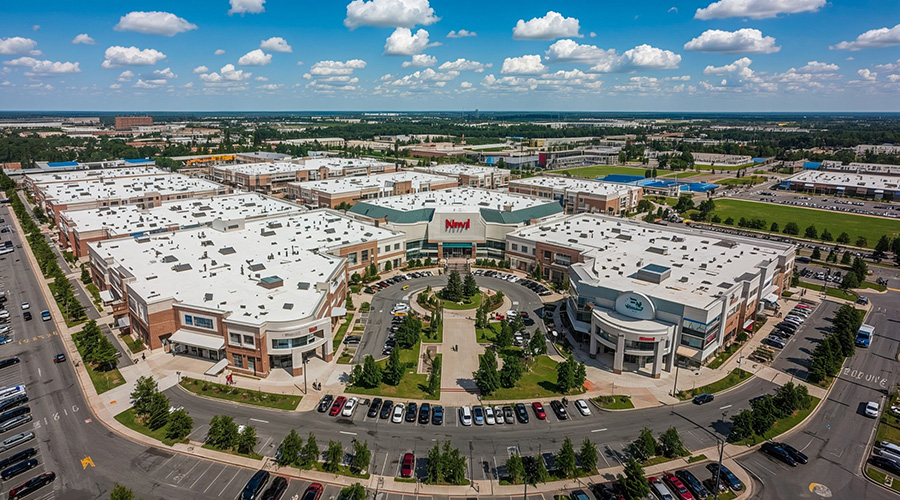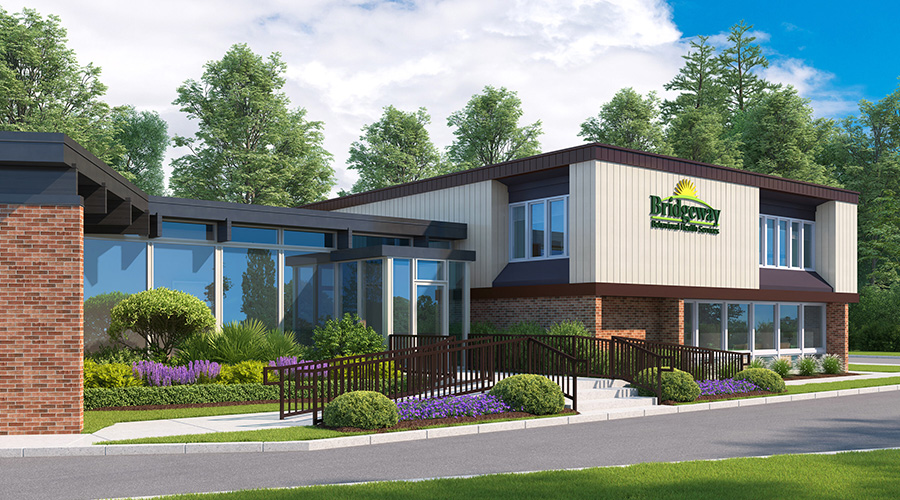Facility managers know that significant savings can be achieved through investments in better air-handling systems, improved meter and monitoring systems, lighting modifications, variable-frequency drive (VFD) motor controls, demand-side management techniques, high-efficiency chillers and a variety of measures enumerated in the U.S. Green Building Council’s Leadership in Energy and Environmental Design criteria and standards, according to an article on the Health Facilities Management magazine website.
But managers also need to remember that top management executives make decisions to invest in these improvements because someone has made a persuasive business case in support of the expenditure, not because someone has made a persuasive technology case to invest, the article said.
The article also included eight best practices managers should adopt when developing a business case for investing in a comprehensive energy strategy:
1. Create a concise, well-constructed proposal that zeroes in on the plan’s attractive return on investment and does not focus excessively on the proposal’s technological attributes.
2. Explain that the investment will reduce owner risk.
3. Demonstrate how an upgraded energy management system enhances the healing environment and improves the comfort of patients and other occupants.
4. Where possible, cite independent sources or bring in outside experts who can provide guidance and data that demonstrate the financial benefits of the investment.
5. Before preparing a presentation, meet with a top institutional financial executive to identify and assess prospective sources of financing.
6. Research past energy usage and spending and project future usage and spending.
7. Use language that corporate executives understand: speak in terms of dollars and risks, and focus on the investment’s contribution to the institution’s financial viability and long-term financial strength.
8. Show how the plan promotes compliance with regulatory requirements.
Read the article.

 Joint Commission Standards: What Updates Matter Most?
Joint Commission Standards: What Updates Matter Most? Swinerton Completes Construction at Atlanta's Grady Hospital
Swinerton Completes Construction at Atlanta's Grady Hospital NY Governor Hochul Announces $300M in Funds for IT and Cybersecurity
NY Governor Hochul Announces $300M in Funds for IT and Cybersecurity Healthcare Is the New Retail
Healthcare Is the New Retail Bridgeway Behavioral Health Services Launches Campaign to Renovate Health Center
Bridgeway Behavioral Health Services Launches Campaign to Renovate Health Center